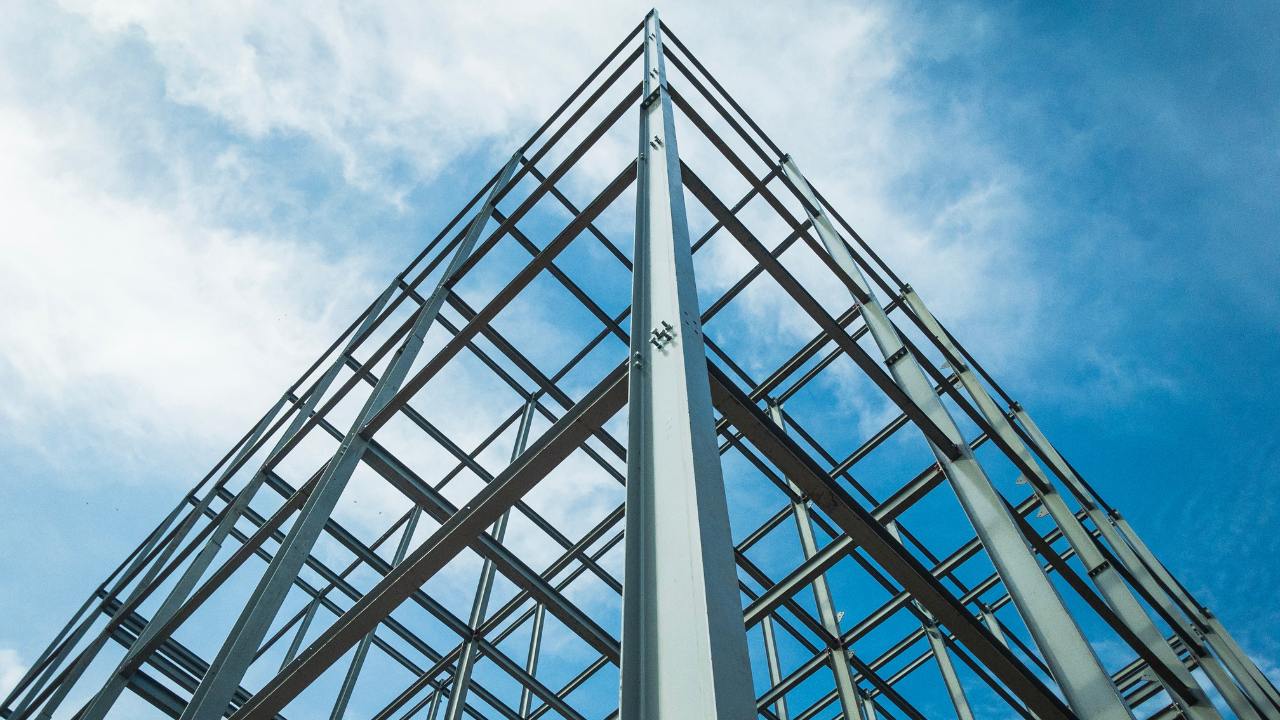A swimming pool is a fantastic addition to any home, as it provides a place for relaxation, exercise, and entertainment. Building a swimming pool may seem like an overwhelming task, but with the right planning and knowledge of the crucial steps involved, the process can be smooth and rewarding. This article will guide you through the essential steps to ensure that you build a high-quality swimming pool that not only meets your needs but also adheres to safety and construction standards.
- 1 Step 1: Planning and Designing Your Pool
- 2 Step 2: Choosing the Right Contractor
- 3 Step 3: Excavation and Ground Preparation
- 4 Step 4: Constructing the Pool Shell
- 5 Step 5: Plumbing and Electrical Systems
- 6 Step 6: Finishing Touches and Landscaping
- 7 Step 7: Pool Fencing and Safety Features
- 8 Step 8: Pool Maintenance and Upkeep
Step 1: Planning and Designing Your Pool
The first step in building a swimming pool is planning and designing. Before you start digging or hiring a contractor, you need to have a clear vision of what you want your pool to look like and how it will function. Consider factors such as size, shape, depth, and location, as well as any additional features you may want to incorporate, like a spa or waterfall.
It is crucial to research local building codes and regulations, as they will dictate specific requirements for swimming pool construction in your area. These might include setbacks from property lines, fencing, and safety features. You should also consider the surrounding landscape and how it may affect your pool’s design, such as slope, drainage, and soil conditions.
Once you have a solid design in mind, it’s time to create a blueprint or detailed drawing of your pool. This will help you visualize your pool, identify potential issues, and provide a reference for your contractor during the construction process. Additionally, you will likely need to submit these plans to your local municipality for approval and permits.
Step 2: Choosing the Right Contractor
Selecting a competent and experienced contractor is a crucial step in building a high-quality swimming pool. A contractor will oversee the entire construction process, from obtaining permits to coordinating subcontractors and ensuring everything is done to code. Therefore, it’s essential to select someone with a proven track record of success in building pools similar to your desired design.
Start by researching local contractors, reading online reviews, and asking for recommendations from friends or family who have built pools. Once you have a list of potential contractors, request bids and schedule interviews to discuss your project. During the interview, ask about their experience, references, and any certifications or affiliations they may have.
When comparing bids, don’t just focus on the price. You will want to consider factors such as the contractor’s reputation, warranties, and the quality of materials they plan to use. Remember, the cheapest bid may not always be the best option, as it could lead to subpar construction or unexpected costs down the road.
Step 3: Excavation and Ground Preparation
Once you have obtained the necessary permits and selected your contractor, it’s time to begin the construction process. The first step in building your swimming pool is the excavation and ground preparation. This involves digging out the area where your pool will be placed, taking care to maintain the proper depth and slope according to your design specifications.
During excavation, your contractor will need to address any issues with the soil, such as rocks, roots, or unstable ground. They may need to bring in additional soil or use special techniques to stabilize the area. After the excavation, they will compact the ground and create a solid base for your pool’s foundation.
Proper ground preparation is vital to ensure a stable and level surface for your pool. Failing to do so can lead to uneven settling or cracks in your pool’s structure over time.
Step 4: Constructing the Pool Shell
The next step in the construction process is building the pool shell. The shell is the outer structure that holds the water and gives your pool its shape. There are three main types of pool shells: concrete, vinyl, and fiberglass. Each has its advantages and disadvantages, so it’s essential to choose the one that best suits your needs and budget.
- Concrete pools are the most durable and customizable option. They are constructed by spraying or pouring concrete over a rebar framework, which is then smoothed and finished with plaster or tile. Concrete pools can be shaped and sized to your exact specifications, but they require more maintenance and have a longer construction time.
- Vinyl pools consist of a flexible liner that is attached to a steel or polymer frame. These pools are quicker and less expensive to install than concrete pools, but they are limited in shape and size options. Vinyl liners also require replacement every 7-10 years.
- Fiberglass pools are pre-formed shells that are installed in the excavated area. They are the fastest to install and require the least amount of maintenance but have limited design options due to their pre-fabricated nature.
Your contractor will guide you in selecting the right pool shell material for your needs and budget, and they will oversee the construction process to ensure it’s done correctly.
Step 5: Plumbing and Electrical Systems
After your pool shell is installed, the next step is to install the plumbing and electrical systems. The plumbing system includes the pipes, pumps, and filters necessary to circulate and clean the water in your pool. The electrical system powers the pumps, lights, and any other features you may have, such as heaters or automated pool covers.
Your contractor will work with licensed plumbers and electricians to ensure that the plumbing and electrical systems are installed correctly and comply with local codes. It’s essential that these systems are efficient and reliable, as any issues can lead to expensive repairs and water quality problems.
During this stage, your contractor will also install any additional features you may have chosen, such as waterfalls, slides, or spas. These features will need to be integrated into the pool’s plumbing and electrical systems, so it’s vital to plan for them during the design phase.
Step 6: Finishing Touches and Landscaping
With your swimming pool’s shell, plumbing, and electrical systems in place, it’s time for the finishing touches. This includes installing the interior finish (such as plaster, tile, or aggregate), coping, and decking around the pool. These finishes not only provide a smooth and comfortable surface for swimming, but they also help to create the overall aesthetic of your pool area.
Your contractor will work with you to select materials and colors that complement your pool’s design and your home’s exterior. They will ensure that the materials are high-quality and installed correctly to provide a lasting, beautiful finish.
Finally, landscaping is an essential aspect of creating a welcoming and enjoyable pool area. This can include planting trees, shrubs, and flowers, installing hardscaping such as patios or walkways, and adding outdoor lighting. Your contractor may work with a landscape designer to help bring your vision to life, creating an outdoor oasis that you and your family will enjoy for years to come.
Step 7: Pool Fencing and Safety Features
Safety is a top priority in any swimming pool project. Installing a pool fence and incorporating safety features are essential steps to ensure the security of your pool area. Pool fencing not only adds a layer of protection but also enhances the overall appearance of your outdoor space.
A pool fence should be sturdy, durable, and meet local building codes regarding height and design. Common materials for pool fences include metal, glass, and mesh. Your contractor will help you choose the right fencing material and design that complements your pool area and adheres to safety regulations.
In addition to fencing, there are other safety features to consider for your swimming pool. These may include pool covers, alarms, and slip-resistant decking. These features not only enhance the safety of your pool but also provide peace of mind for you and your family. Discuss these options with your pool contractor to determine the best safety measures for your specific pool design and location.
Step 8: Pool Maintenance and Upkeep
A high-quality swimming pool requires regular maintenance to ensure its longevity and pristine condition. Proper care includes water testing, chemical balancing, cleaning, and equipment maintenance. Your pool contractor will provide guidance on the necessary maintenance tasks and can recommend a professional pool service if you prefer not to handle the upkeep yourself.
Water testing and balancing are crucial to maintaining the water quality in your swimming pool. This involves checking the pH, chlorine, and other chemical levels to ensure they are within the recommended range. Imbalanced pool water can lead to algae growth, cloudy water, and potential damage to your pool’s surface and equipment.
Cleaning your pool regularly is essential to remove dirt, debris, and buildup. This includes skimming the surface, vacuuming the pool floor, and brushing the walls and steps. Your pool’s filter system will also need periodic maintenance to ensure optimal performance.
In conclusion, building a high-quality swimming pool involves careful planning, selecting the right contractor, and following key steps in the construction process. By focusing on design, safety, and long-term maintenance, you can create a beautiful and functional pool that enhances your outdoor living space and provides enjoyment for years to come. With a well-built swimming pool, you’ll have a personal oasis that offers relaxation, exercise, and entertainment, creating lasting memories for you and your family.

